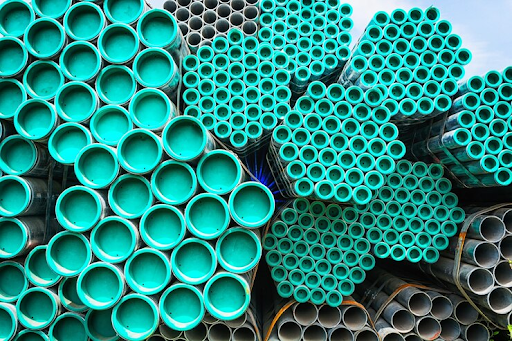Discover FKM and EPDM: Advantages and Disadvantages in O-Ring Applications

Fluorocarbon seals, sometimes called FKM seals, are industrial seals composed of fluorocarbon elastomer.
Semiconductor manufacturing applications, food and pharmaceutical, aerospace, and aviation industries typically employ these seals. The industries above greatly value these kinds of seals because of their high-temperature sustainability, chemical resistance, mechanical strength, etc.
However, the superiority of the FKM seals is due to the fluorocarbon elastomers. Therefore, one must be familiar with fluorocarbon rubber and its properties before using these seals in industrial applications.
This article describes the benefits of FKM seals, the material qualities of fluorocarbon rubber, and their uses.
General Grade
The general grade FKM material has a temperature range of -20˚C to 230˚C, good compression resistance, and strong resistance to chemicals and hydraulic fluids.
The ordinary grade FKM fluorocarbon elastomers frequently have these characteristics. O-rings, gaskets, and FKM seals are suitable for the automotive, energy, and manufacturing sectors but not for the food and beverage, pharmaceutical, or medical industries.
FDA Grade
Approved for use in consumable product applications is the FDA-grade FKM elastomer. As a result, seals for the food and beverage, pharmaceutical, and other sectors are made using this grade of FKM.
FKM’s chemical structure
Since the 1940s, the chemical composition of FKM has significantly changed, with the fluorine concentration rising from 26.7% to 66%–68%. However, peroxide and bisphenol have replaced amine as the preferred curing method.
Because of its high fluorine content, FKM exhibits exceptional chemical resistance to a wide variety of harsh substances, such as ammonia, fuels, acids, and crude oil, to mention a few.
It also performs better than most elastomers, offering a broad temperature range of -45°C to 204°C.
FKM also has a high level of resistance to ozone, weather ability, and gas and liquid penetration. In addition, it has a higher intrinsic resistance to burning than non-fluorinated hydrocarbons, making it appropriate for use in CIP, SIP, and explosive decompression scenarios.
For hazardous situations like those found in the chemical processing, oil and gas, and aerospace industries, FKM is an excellent option because of all of these factors.
Advantages and disadvantages of FKM vs. EPDM for ‘O’ rings
Common “O” ring materials with good oxidation and heat resistance are FKM and EPDM. Nonetheless, some notable distinctions between these two polymer materials may or may not influence your decision regarding which “O” ring material to use, depending on your application.
Here, TRP Polymer Solutions goes over the many benefits and drawbacks of EPDM and FKM.
Advantages
FKM:
Strong carbon-fluorine linkages give fluor elastomers (FKM Custom O-Rings) the advantage of remarkable chemical, thermal, and oxidation resistance qualities. In addition, FKM has good mechanical attributes, a wide operating temperature range of -45 °C to +204 °C, and a dense feel.
EPDM:
EPDM provides superior protection against weathering, UV, and ozone. EPDM is one of the few rubbers that can tolerate very low temperatures.
EPDM is a reliable option in below-freezing temperatures because it can operate at as low as -50 °C (with maximum temperatures of +150 °C). EPDM has good compression properties and a solid resistance to steam, abrasion, and rips.
Disadvantages
FKM
Not suitable for use with molten or gaseous alkali metals, FKM is known to swell in fluorinated solutions. FKM’s chemical composition makes it a high-end product. As a result, its cost is higher than that of other non-fluorinated hydrocarbons, and low-temperature grades may be costly.
EPDM
While EPDM strongly resists alkalis, ketones, and diluted acids, it is less effective against fuels, oils, and non-polar solvents. There are better options than this for petrochemical applications.


